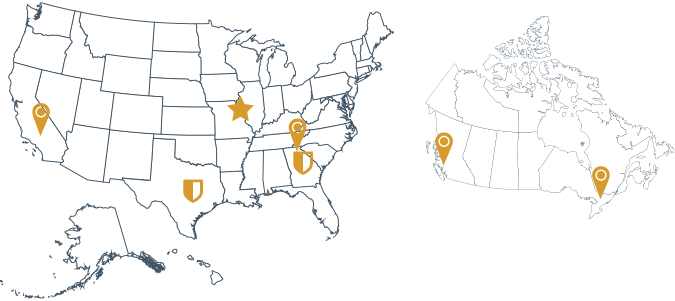
The Medical Practice of the Future. How will you adapt?
Blog Post by Stephen Rhodes, August 7, 2020
What will the medical office of the future look like post the pandemic? How will you adapt your practice and what role will technology play?
Caring for patients is a high-touch process, but today we find ourselves in a reality that calls for healthcare practices to limit contact as much as possible to reduce the spread of the Covid virus. An executive order was signed this week to make permanent the temporary flexibilities for telehealth permitted during the pandemic. The Department of Health and Human Services issued a brief on telehealth services outlining that over 43% of all Medicare primary care visits in April were done via telehealth compared to less than .1% in February.
What impact does this have on your practice moving forward?
Ero Health customers across the country are rethinking their technology, physical environments, and workflows to create a socially distanced medical office. Here’s a look at the types of things we’re helping practices re-imagine:
✔️Physical Environment: Waiting room configuration, check-in station, vitals station
✔️Workflow: Processes for checking in, admitting patients into the office, gathering and recording of subjective and objective data, referrals and follow up
✔️Revenue cycle workflows around touchless payments, online copay, and new coded for telemedicine
✔️Technology: Touchless gathering of patient data, online scheduling, secure messaging, when and how to provide care via telehealth, voice navigation for data capture as well as marketing these changes to patients
✔️Consideration of centralizing activities like scheduling, referrals, calls, and billing office functions outside of the clinical office environment
✔️Examining fixed costs – Staffing considerations, remote working, televisits, Chronic Care Management are all now part of our practice operations. We need to explore how we can keep our fixed costs down as we ramp back up
Ultimately, all of the examples above are critical to how we move forward and can have an impact on patient satisfaction, enhancing care, and improving a practice’s bottom line. While there is still much to be done in reimbursement for remote services, we need to prepare for the new normal.
Just yesterday, Teladoc (Telemedicine) announced the acquisition of Livongo (chronic disease management via health coaches and remote patient monitoring) for $18.5 billion; clearly indicating that virtual care is here to stay.
If you are not considering a new way to operate, you should be. Circumstances continue to change quickly, and it is imperative that you are well positioned to adapt. We have partnered with our customers and worked together to rethink their entire workflow; from the moment a patient schedules an appointment and receives treatment to how they bill for their services. What seems like a monumental task can be successful with the right strategy, technology, and expertise.
If you have not considered the short- and long-term impact of healthcare delivery in this pandemic, there is still time to ensure you are prepared for the future of healthcare delivery.
You can follow Stephen Rhodes on LinkedIn to read future articles.



